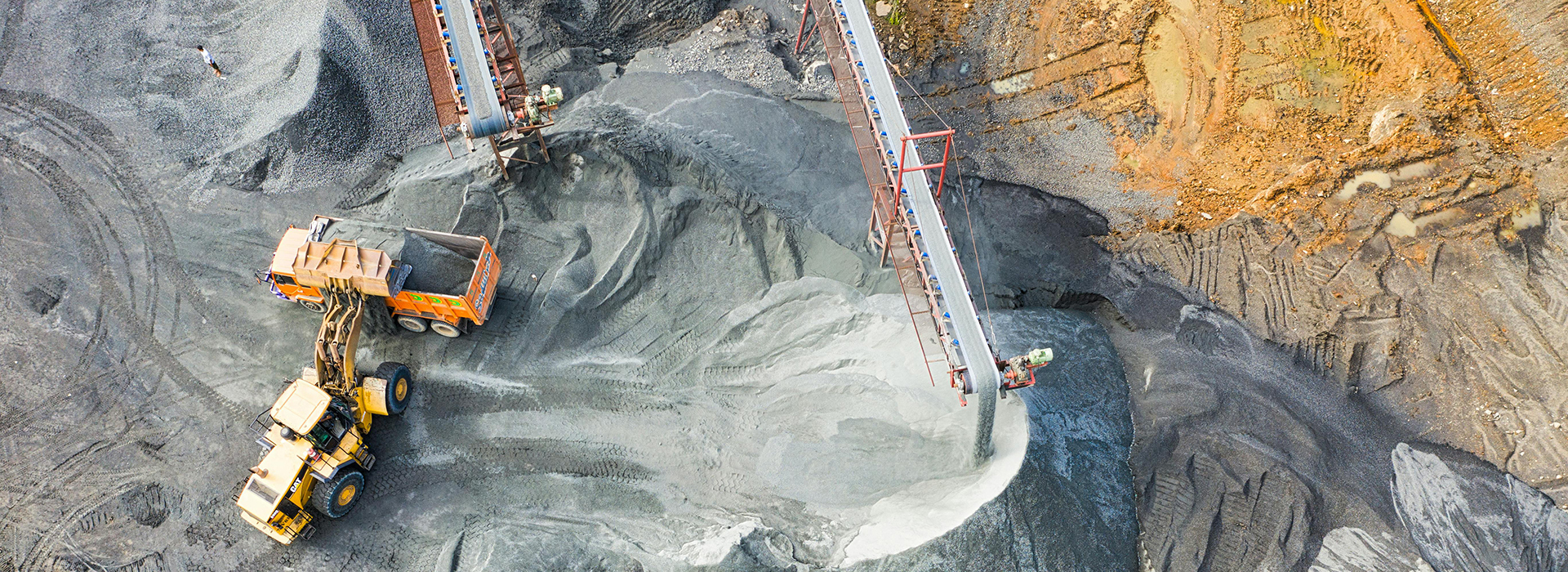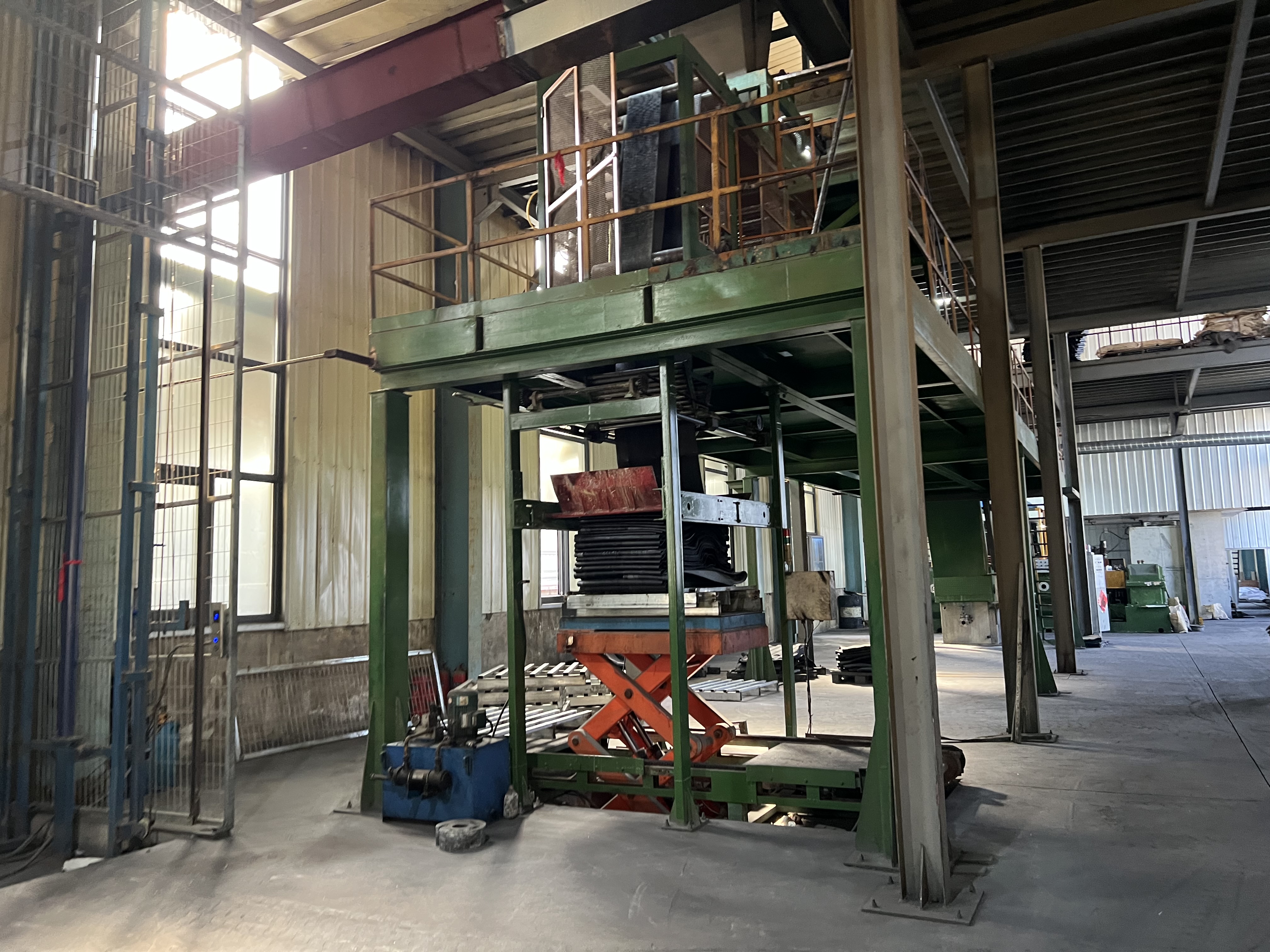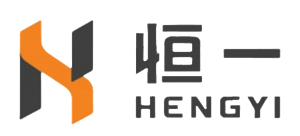
Inventory of Key Performance Technologies of Conveyor Belts
2025-06-21 16:441. Conveyor belt materials and performance characteristics:
PVC, PU, PVK, rubber, silicone Conveyor belts:
PVC conveyor belt: Applicable temperature -10℃ to +90℃; with excellent elasticity, wear resistance, low noise, energy saving, anti-static, widely used in food, logistics, packaging industry, and can be used in coal mining, metallurgy and other fields.
PU conveyor belt: Meet food grade standards, oil-resistant, corrosion-resistant, cold-resistant, cutting-resistant and aging-resistant, suitable for precision transportation of grain, fruits and vegetables, meat, etc.
PVK conveyor belt: Overall three-dimensional woven structure, acid and alkali resistance, wear resistance, small stretching, non-stratified, mostly used in logistics and high-wear environments.
Rubber conveyor belt: Burning resistance, acid and alkali resistance, cold resistance (-15℃ to +40℃), oil resistance, flame retardant, tear resistance, puncture resistance.
Silicone conveyor belt: Glass fiber + silicone structure, wide temperature resistance range (-70℃ to +280℃), high mechanical strength, chemical stability, maintenance-free, low deviation characteristics.

2. Structural design and core parameters:
Multi-layer fabric and skeleton:
Canvas layer: Multi-layer cotton canvas enhances the strength of the conveyor belt body, and the bonding between the cover layer and the cloth layer reaches 3-4.5N/mm or more.
Nylon (NN) and polyester (EP) core: Provide high strength, low elongation, good troughing, suitable for medium and long-distance high-speed applications.
Wire rope core structure: high tensile strength, small elongation in use, can be equipped with small diameter rollers, and the conveyor belt body is more compact; strong adhesion, impact resistance, and not easy to deviate.
Covering rubber layer specifications:
Ordinary canvas belt covering layer ≥3mm (upper layer)/1.5mm (lower layer), special conveyor belt (heat resistant/cold resistant/acid and alkali/oil) covering layer ≥4.5mm/2mm.
EP series (EP100-EP400): Single-layer canvas pull range 100-400N/mm, reference elongation ≤1.5%, elongation at break ≥10%.
3. Functional characteristics and application adaptation:
High temperature resistance, wear resistance, flame retardant:
High temperature belt: can withstand temperatures up to 800℃; high temperature resistant cap layer is easy to age and wear, and wear control should be strengthened.
Flame retardant steel wire rope belt: meets K2-K3 flame level, flame duration single sample ≤15S, overall ≤45S; with static conductivity ≤3×10^8 Ω.
Wear-resistant rubber belt: high-performance rubber coating, strong surface elasticity, impact resistance, bending resistance, suitable for medium and long distance large-volume environment.
Mechanical performance advantages:
Impact resistance & self-correction: low noise, impact resistance, easy to turn, surface wear resistance; self-correction design is suitable for APS and wide and short equipment.
Energy saving: high elastic covering rubber reduces friction and achieves 10-15% energy saving.
Long life & convenient maintenance: chemical stability, low deviation, long-term operation, easy repair, and improved service life and efficiency.
4. Typical application scenarios:
Food, medicine and chemical industry: PU, PVC or food-grade silicone belts are preferred, emphasizing cleanliness, antibacterial, low noise and safety.
Mines, ports and metallurgy: Nylon/polyester or steel cord belts are preferred to meet the needs of high strength, long distance and large transportation volume.
Underground coal mines and dangerous places: flame retardant and static conductive steel cord belts to enhance safety; low-temperature flame retardant belts are also suitable for -45℃ environment.
High-temperature processes such as metallurgy and cement: high-temperature belts or metal chain belts, with anti-stick coating or punching design to prevent material adhesion.
